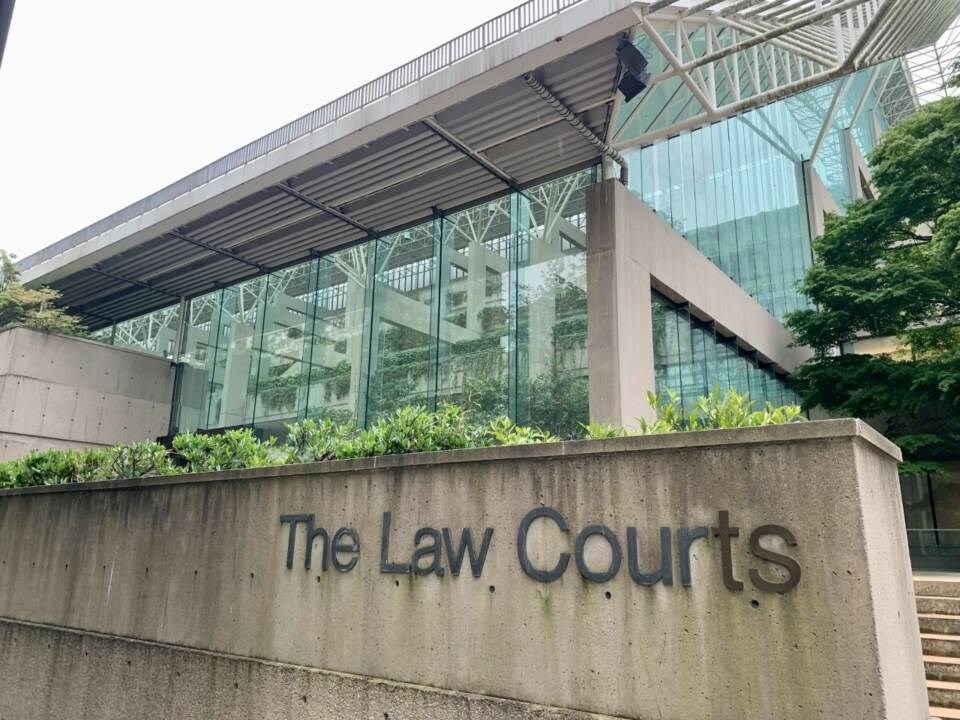Injuries not found on a 13-year-old girl located dead in a Burnaby park six years ago became the focus of a sexual assault expert’s cross examination at the trial of Ibrahim Ali Tuesday.
Ali is on trial for first-degree murder in the death of the girl, whose body was found in Central Park on July 19, 2017, less than two hours after her family reported her missing at about 11 p.m. on July 18, 2017.
Ali has pleaded not guilty.
The girl cannot be identified because of a publication ban.
Tuesday was the third day of cross-examination for Dr. Tracy Pickett, the director of B.C. Women's Hospital sexual assault service.
Last week, Pickett told the jury the constellation of injuries found on the girl, including tearing within the vagina and anus and bruising on the wall of the rectum, "very strongly indicates non-consensual sexual activity."
Defence lawyer Ben Lynskey began his cross examination Tuesday by asking Pickett whether she had left open the possibility the girl’s injuries were caused by consensual sex.
She said she had and added she couldn’t say with certainty the sexual activity was non-consensual because she wasn’t there.
She then went on to explain she doesn’t draw conclusions based on individual injuries in isolation.
“I look at all parts of the body, the parts that are obviously injured, the parts that I might have expected to be injured that perhaps are not,” Pickett said.
When Lynskey asked what injuries she expected to find but didn’t, Pickett noted abrasions on both of the girl’s knees.
If they had been caused by a normal fall, Pickett said she would have expected to see abrasions on the girl’s hands or injuries to her wrists, since people automatically tend to put out their hands when they fall.
But no such injuries were found.
Pickett also noted an abrasion on the girl’s face.
In isolation, Pickett said the abrasion didn’t tell her much.
Paired with injuries that suggest the girl was strangled, however, Pickett said the facial abrasion might have been the result of a struggle.
“It’s a possibility that she clawed her face,” Pickett said.
But Lynskey suggested there were also other injuries that doctors and pathologists would expect to find in such cases, including defensive wounds – injuries people sustain when trying to defend themselves from an attacker.
When asked if there were any injuries in this case that she would identify as “classic defensive wounds,” Pickett first said “No” but then said there was no such thing as a “classic defensive wound.”
Lynskey suggested bruising on the neck and a fractured hyoid bone would also be expected findings in a strangulation case.
Neither was found in this case, according to testimony earlier in the trial.
Pickett said such injuries are found in strangulation cases but not always and not even in the majority of cases.
Lynskey, however, suggested Pickett was “trying to make a point” by downplaying the absence of neck bruising and fractures to the hyoid bone.
“You wanted to qualify and make very clear that that didn’t matter to your overall opinion,” Lynskey said.
“I wanted to make the point that I cannot look at any one thing in isolation,” Pickett responded.
Pickett's cross-examination is expected to continue Thursday.
The Crown's theory is that Ali and the girl were strangers to one another and that he attacked her on a trail in Central Park, dragged her into the forest and strangled her to death while sexually assaulting her.
The defence has not outlined its theory but has suggested the killer and whoever had sex with the young teen — "either forced sex or sex" — are not the same people.
Follow Cornelia Naylor on Twitter @CorNaylor
Email [email protected]




